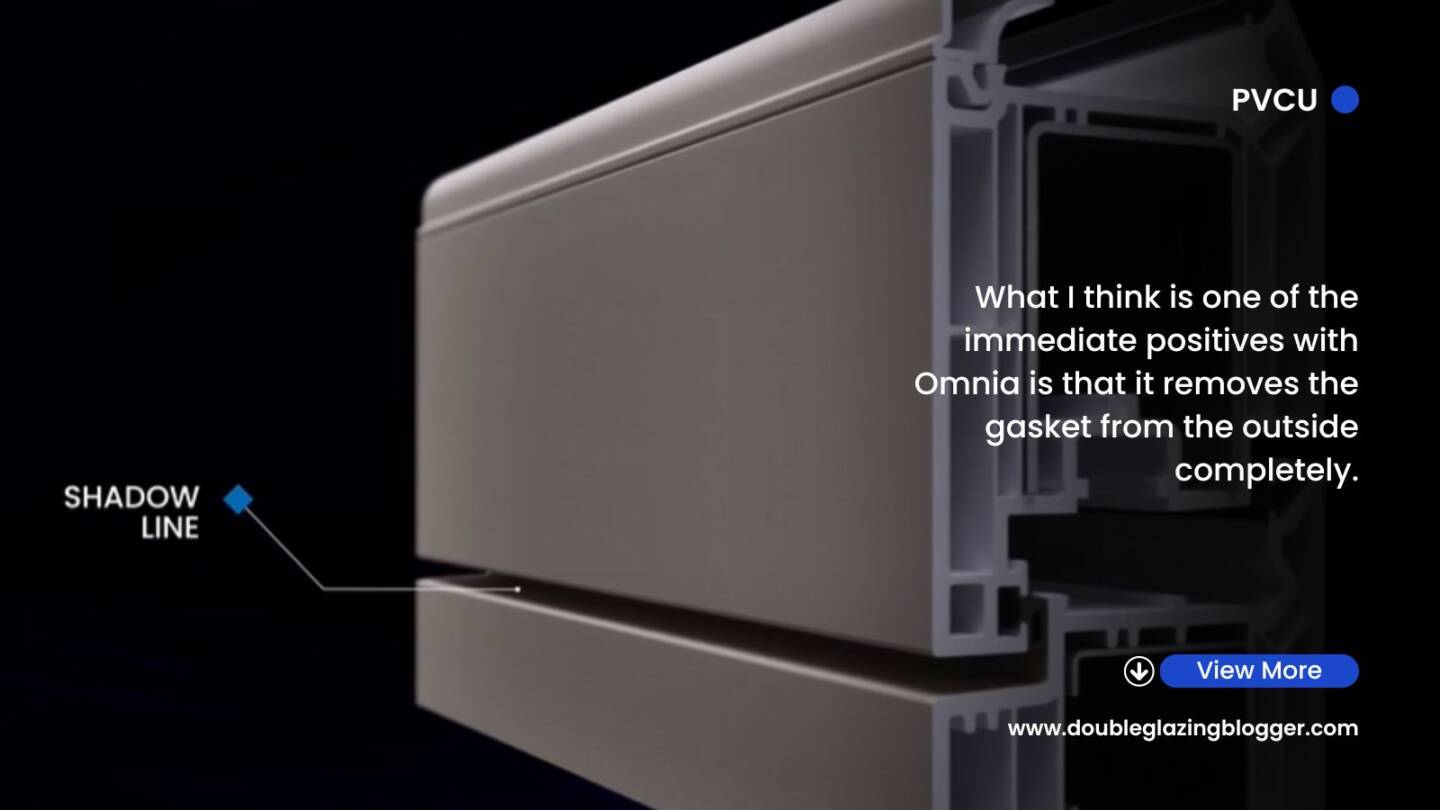When it comes to brands and brand recognition, it is one of the primary goals for any business in any sector. Businesses want consumers to recognise their company, their brand and what they stand for. It’s a brand that communicates to a potential buyer what they business is all about, what they stand for, the market they’re in and so on.
In the world of windows and doors, fabricators and manufacturers want exactly the same thing. A fabricator wants to have installers recognise their company and their brand throughout the industry, and increasingly more so, with home owners.
So the fabricator works hard to refine their brand, develop marketing behind it and push it to installers and home owners. But as simple as that sounds, protecting the brand, and indeed the value of the product they sell, is a difficult thing to balance.
Controlling growth
A successful brand leads to a successful product. When it comes to fabricators, success comes in the form of lots of sales of their products via lots of installers. With that comes demand from other installers who want a piece of the pie.
And that’s where things start to get a little bit complicated. For manufacturers, they have to try and balance what they believe is the right number of installers to satisfy current consumer demand. Too few installers and their brand and product won’t reach the number of home owners it probably should. Too many and the market becomes flooded with their product and all of a sudden the value of the brand and the product starts to diminish.
It has to be controlled. A company can by all means choose to give the brand and product to absolutely every installer going. But it has to expect that any grandeur of that brand will be diluted. Most don’t want that. So most higher end fabricators choose to employ growth management strategies which aim to control growth and maintain brand value.
However those come with their own pitfalls.
Who to choose
Here’s the difficulty; there are many high quality installers out there, but probably too many to just deal a product out to. A good fabricator doesn’t need five or six installers per city, it’s overkill. But those five of six installer in that city may want to sell that fabricator’s product. So what does that fabricator do?
They have to make the hard decision to cut some of those installers out. They’ll look at the selection of installer in that particular area and agree deals with those most likely to make a good job of promoting their brand and selling their product. That’s not to say that the installer who don’t make it aren’t good at what they do, but not every single installer can sell every single product.
This inevitably leaves a few pissed off installers. But, the long and short of it is that there’s not much to be done. A fabricator has to do what is best for their business. And it’s also not worth creating a scenario where half a dozen installers are selling the same raft of products to the same demographic. Installers will find it hard to compete with each other on the grounds of product offering, and will inevitably resort to price cutting in a race to the bottom to try and win the business.
I wouldn’t say I feel sorry for fabricators as such. If they have a good product and a good following then that is certainly no problem. But it is worth understanding why most fabricators lean towards certain installers over others. It’s nothing personal I’m sure, it’s just business.
I would also say that it is up to installers to raise their bar. No harm in sprucing up your own house to be able to push the very best brands and products out there. Depends on your market position of course.
To get weekly updates from DGB sent to your inbox, enter your email address in the space below to subscribe:





